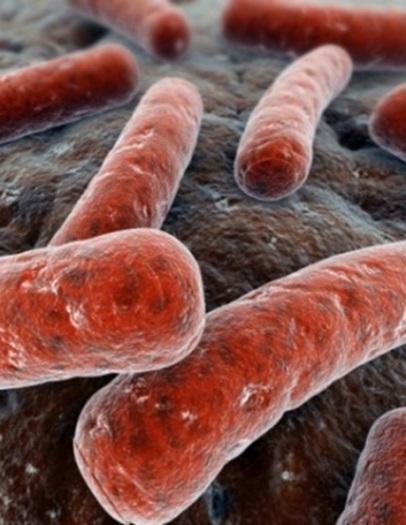Iron and lipid transport in mycobacteria
Mycobacterium tuberculosis is one of the best studied bacteria (nearly 70’000 entries on pubmed). Nevertheless, due to its complex cell wall, membrane transport processes are poorly understood in this important pathogen, which is responsible for the death of more than 2 million people each year. In particular structural and biochemical studies on mycobacterial membrane transporters are essentially lacking.
Our lab has established a versatile toolbox to express and purify mycobacterial membrane transporters for biochemical and structural studies (Arnold et al., Scientific report, 2018). We combine protein biochemistry, x-ray crystallography, cryo-EM, protein engineering, binder selections, molecular microbiology and bacterial genetics to gain novel insights into the biological function of these largely unexplored transport machineries.
Funded by an ERC Consolidator grant, we currently focus on mycobacterial transporters involved in the shuttling of siderophores. In the human host, iron is not freely available. Therefore, M. tuberculosis synthesizes siderophores, which scavenge iron with very high affinity. After biosynthesis, siderophores need to be transported across the two mycobacterial membranes to the outside of the cell and iron-loaded siderophores need to be taken up into the cell for iron release by iron reduction. However, transport proteins involved in siderophore transport across the two mycobacterial membranes are poorly characterized. Recently, we investigated the structure and function of the unusual heterodimeric ABC exporter IrtAB, which imports iron-loaded siderophores across the inner membrane and reduces it in the cytoplasm by virtue of a fused siderophore interacting domain (Arnold et al., Nature, 2020).
More information can also be found in this UZH News release (https://www.media.uzh.ch/en/Press-Releases/2020/Tuberculosis.html).
The lipidome of Mycobacterium tuberculosis is highly diverse and contains a number of complex lipids, which are essential for virulence. Among them are lipoarabinomannans (LAMs), an abundant glycolipid found at the mycobacterial cell surface. We work with a proton-driven transporter called Rv1410, which belongs to the major facilitator superfamily (MFS) and is encoded on the same operon as a lipoprotein shown to be important for the surface localization of LAMs (Hohl/Remm et al., Molecular Microbiology, 2019). We aim to solve the structure of Rv1410 to further investigate its molecular mechanism.
